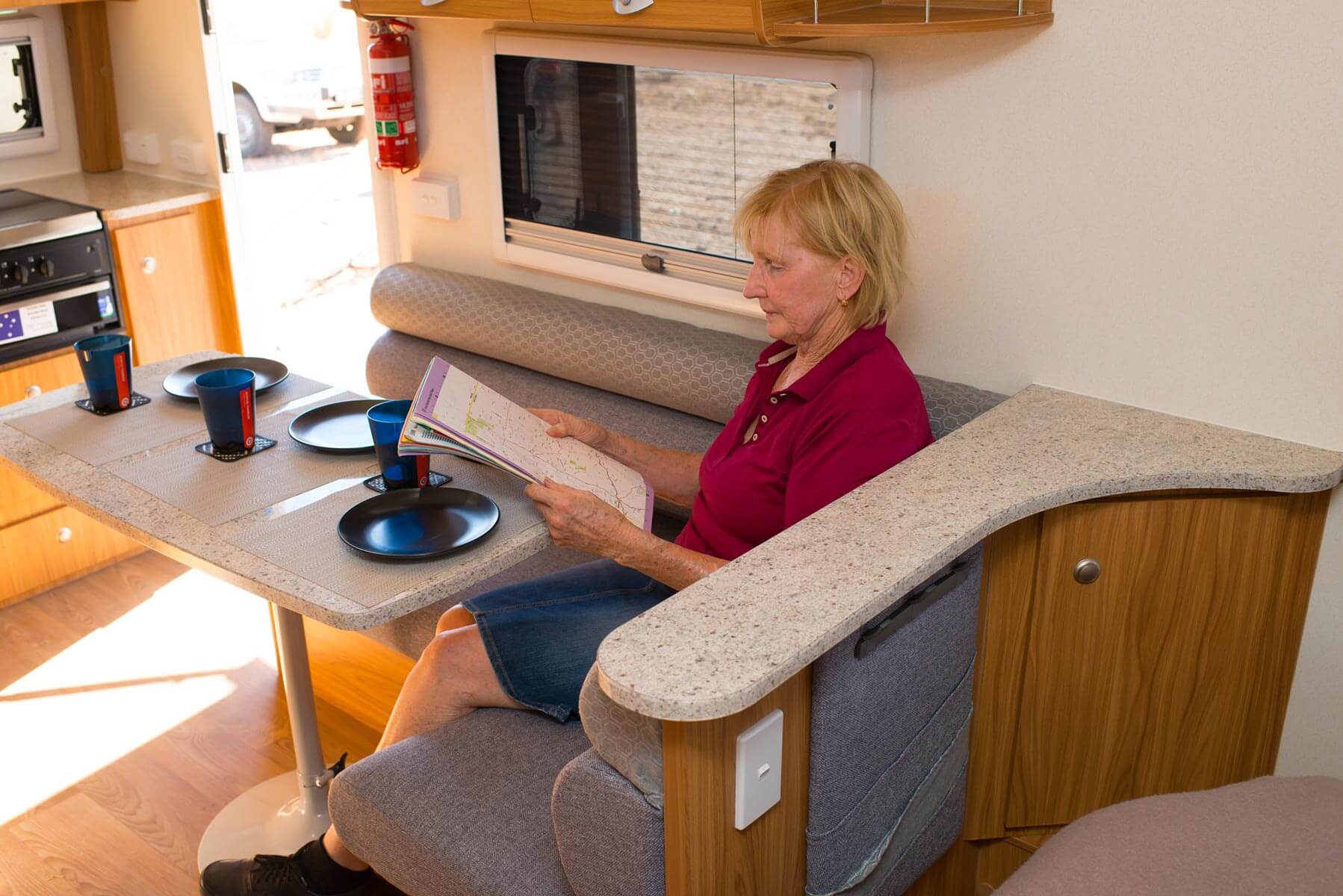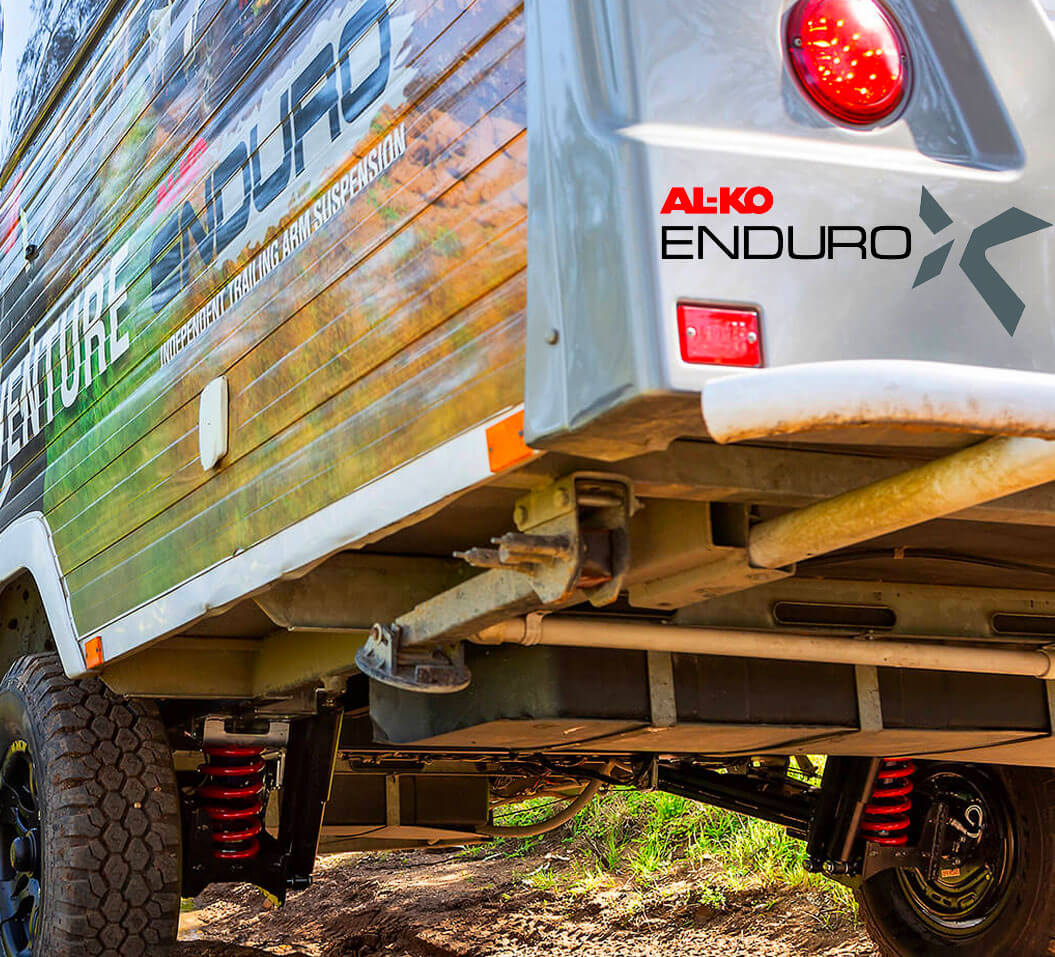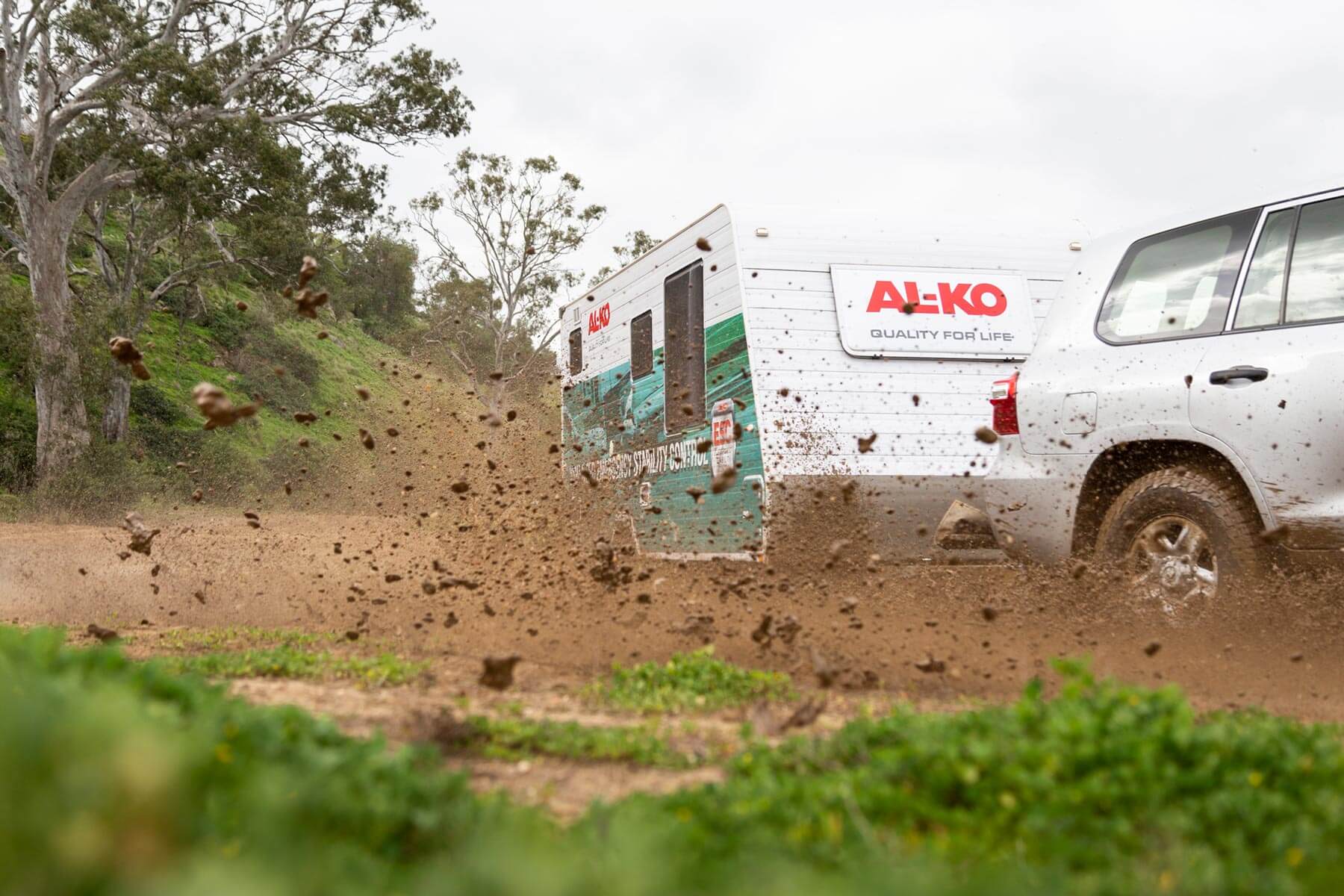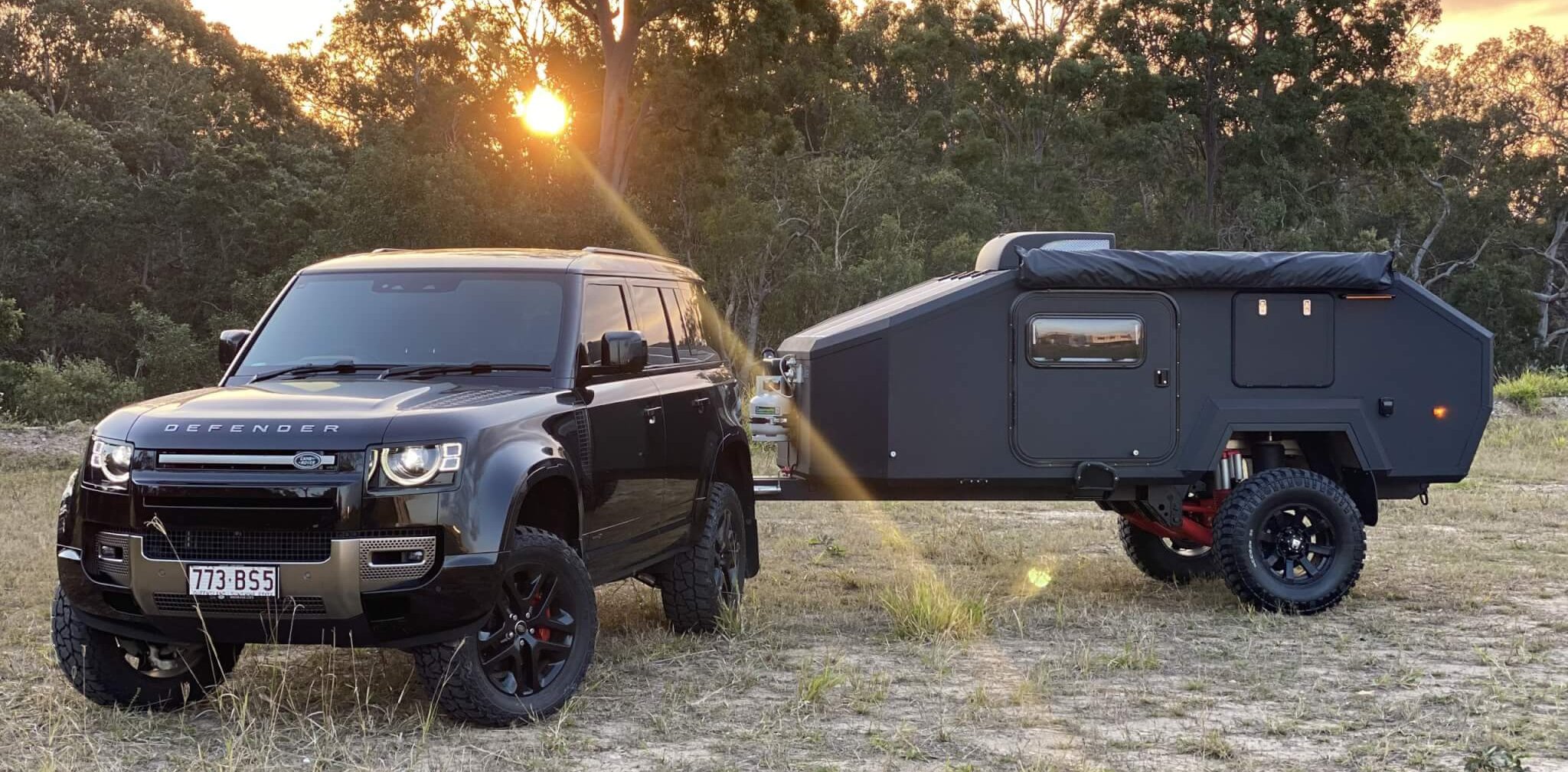A good spring clean inside and outside of your caravan will have it in shipshape for your next getaway.
The days are getting steadily warmer, the sun is shining and it’s time to get your caravan out of winter storage and prepare it for your first summer camping trip in the great outdoors.
If you’ve worked hard to invest in your home on wheels, then you’ll want to take good care of it. Some basic maintenance that you can do yourself will go a long way to avoiding issues arising once you’ve left home and are on the road.
A good spring clean inside and outside of your van will have it shipshape for your next getaway and give you an opportunity to identify any maintenance issues before you hit the road.
Proper maintenance is more than skin deep. There are plenty of bits and pieces that you can take care of with a little TLC and your trips will be the better for it.
Here are some things that will need a check before you go:
Tyres: The main concerns for caravan tyres are age-related failure and excess loading. Tyres will degrade faster in warm and humid climates when they’re exposed to sunlight and a number of other factors. It’s recommended you have your van’s tyres professionally inspected five years after fitting them and then each year after that to address any issues that you’re unable to detect yourself.
Brakes: Although they are designed to remain idle for periods of time, caravan brakes will wear over time. Under good conditions using an inertia brake controller electric brakes should last around 50,000km. If in doubt consult a pro.
Suspension: There are a few different suspension systems out there, but for the most part it’s the older ones that will require the most attention. Leaf springs should be inspected every 10,000km, checking for cracks or excessive wear on any moving part.
Seals: Effective seals are what keep dust and water from getting in your van. Doors and windows should be lined with pinchweld seals, which can become ineffective if the tubular section is kinked, torn or compressed more than 50 per cent. Over time it can harden and tear, so every now and then give it a wipe down with a silicon-based spray. Avoid oil-based sprays.
Electrical connections and wiring: Dust, mud and water can make their way into electrical connections, causing problems that stem from corrosion. Plugs can be disassembled and cleaned but make sure you disconnect batteries and other power sources before you start work. If in doubt, consult a pro.
Couplings: Couplings are relatively low maintenance. If you have a ball coupling, check that the cavity is lightly greased and any slack in the secured coupling is taken up by the adjusting bolt. Checking the tension on the mounting bolts is always a good idea to ensure that the vibrations of previous travel have not rattled anything loose.

Jockey wheels: Jockey wheels sit right in the line of fire from dust and grime kicked up by the tow vehicle. A buildup of grit and other foreign matter can cause the mechanisms within the device to wear, making it hard to operate and reducing its life. Most good quality jockey wheels these days have a supporting range of parts like a winding bearing. This is a small price to pay for a jockey wheel that works well under load. To test the operation simply try to raise the draw bar of your rig. If there is excessive resistance, consider giving the bearing a replacement.
Bearings: In order to keep your van’s wheels turning, bearings are essential. Check the condition of bearings by jacking up your van, giving each wheel a spin in the direction of forward travel and listening for a rumbling sound. Always keep a log of travel so you ensure they are periodically serviced to avoid major catastrophes.
Water tanks: Water tanks will need to be flushed out every so often — this is a good job to do in spring.
Gas bottles: Weigh your gas bottles to make sure you have sufficient supply.
Check batteries: Test your battery — use a multimeter or a voltmeter to check the state of charge.
As well as the above, it’s a good idea to book your van in for a service, especially if you are going on a long trip over the summer.
In the meantime, get ready for your first outing with these handy hints for giving your van a good spring clean.
Exterior clean
Unless your caravan has been stored inside or has benefitted from a good cover, you should give it a general clean to remove general dirt which has collected through the winter.
A good wash around the outside of your van allows for a general inspection of just about everything to make sure there’s no body damage, broken window or door seals, external bin doors open and shut properly and even loose components.
Prior to washing, check the chassis area for anything like pipes or wires hanging down where they shouldn’t be, caught debris or rock damage. Items on the roof such as the sealing around the ventilation hatches, TV aerials and solar panels are worth a quick look.
First, always check the manufacturer’s manual for recommended detergents and cleaning products to use on your van. It’s best to buy purpose-made products, not something such as washing-up detergents which can have a long-term detrimental effect on the caravan body. Acrylic windows are very commonly used on caravans these days but a downside of them is that they scratch very easily. A soft bristle brush is best for those and if you want to be really fastidious then have one long-handled brush for the windows and another for everything else.
Awnings should be fully extended for cleaning and fully dried off before rolling up again. Hosing down is easily done using normal tap water but a small high-pressure washer can save water. With a high-pressure washer, it’s best to have just enough pressure by standing far enough away to remove soapy water but not damage window/hatch seals, sealants or any fittings.
In addition, you will need:
- A large sponge
- A bucket with lots of hot water
- Step ladder (for the roof)
- Small soft bristle brush for cleaning awning channel
- Microfibre cloths or towels for drying
- Glove to protect your hands
Remember that using the right products and techniques specific to caravan exteriors is essential to maintain the appearance and protect the surfaces without causing damage. Always refer to the manufacturer’s recommendations and guidelines for cleaning and maintenance.
Caravan interior
Most people like to keep their pride and joy in good condition. Even so, it’s not a bad idea from time to time to give all surfaces a good wipe down with a proprietary cleaner, and the upholstery and carpets a good vacuum clean.

Appliances such as the fridge and microwave oven should not be forgotten, and the bathroom surfaces deserve treatment with an anti-bacterial spray.
Here are some other inside tasks:
- Wipe over all internal surfaces with a damp microfibre cloth or similar. Check the manufacturer’s manual about what cleaning products are suitable to use on interior surfaces.
- Vacuum up dust and dead bugs
- Check the hob/grill and oven burners of the cooker — the flame should be a steady blue. The cooker should always be checked during a full service, but if you have concerns report them to the workshop
- Your fridge should also be checked during a full service, but if it is running on gas check the flame (same as above). Report any concerns to the workshop when booking in your van for its service. Give the inside of the fridge and freezer a wipe over with fridge-specific vanilla spray to get rid of any stale or mouldy smells
- Check interior lights for blown bulbs
- Clean the shower
- Clean the toilet with a toilet bowl cleaner
- Don’t forget those hard-to-reach cupboards and drawers where dust and grime can accumulate






